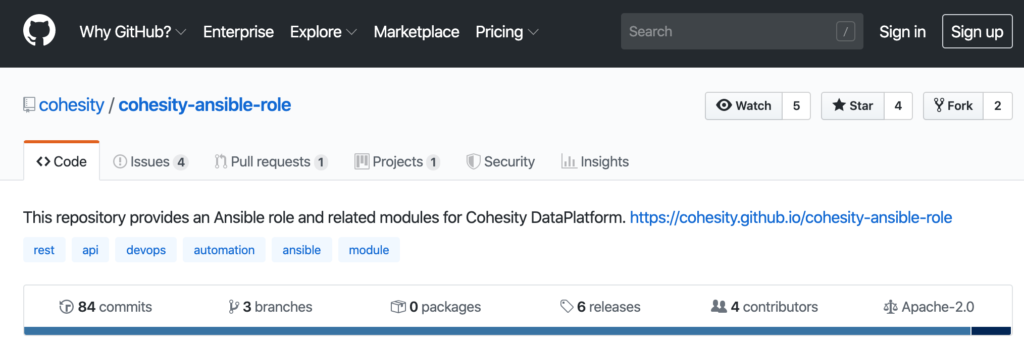I really like the architecture of the Datrium DVX platform. Large (cost-effective) NVMe SSDs inside ESXi hosts provide impressive storage performance, and one or more shared disk shelves provides data persistence and protection. If you remember Pernix Data’s idea of separating performance from capacity, it is applied end-to-end in Datrium rather than bolted on the side as Pernix did. We showed just how simple Datrium is to deploy in a Build Day Live event in 2017. I was impressed that we deployed a DVX (vSphere) cluster, migrated VM workloads, and then added existing hosts to the DVX cluster all in a four-hour live-streamed activity. In the two years since we were at Datrium, the cloud has driven new features. First, with the cloud as a destination for backups, which are stored on cost-effective object storage(S3), then as a place where DVX based VMs could be restored. Cloud DVX is the Datrium DVX platform running in VMs on public cloud and presented to ESXi host in VMware Cloud on AWS (VMConAWS). The top use for Cloud DVX is DRaaS, cloud DR to VMConAWS.
DR, as a Service (DRaaS) to the public cloud, has a very compelling value proposition. Protect on-premises VMs at minimum cost and pay for recovery resources only when you practice or execute your DR plan. The magic of Datrium DRaaS is that there is no waiting for data to be rehydrated off S3 before your VMs can be powered on. Most solutions that use S3 for DR storage require the data to be copied from S3 to transactional storage such as EBS or VSAN before VMs can be powered on. These copies from S3 are fast, but with 100’s of GB being copied, it still takes time before you can start recovering applications. Datrium Cloud DVX uses EC2 instances with NVMe SSDs to provide performance while data persistence is on S3. The Cloud DVX storage is presented as an NFS share (with DR VMs) to the VMConAWS cluster. Recovered VMs can be powered on immediately, and later Storage VMotioned to VSAN so that Cloud DVX can be shut down. There is another point of difference: the compute part of Cloud DVX only needs to run when VMs are being recovered to VMConAWS, during protection, and after storage VMotion, there is no requirement for EC2 resources for Cloud DVX.
The most recent announcement is that Datrium DRaaS is no longer limited to DVX hardware; you can get DRaaS to VMConAWS for any vSphere environment. Datrium DRaaS Connect protects non-DVX clusters; you will need to deploy a virtual appliance that performs the backups using VMware’s VADP. Data protection is stored on S3, and recovery to VMConAWS uses Cloud DVX, just like recovering a DVX system. The primary value here is the shorter RTO by not needing to rehydrate S3 based images before a recovered VM can be powered on and start to deliver applications.







 RSS - Posts
RSS - Posts